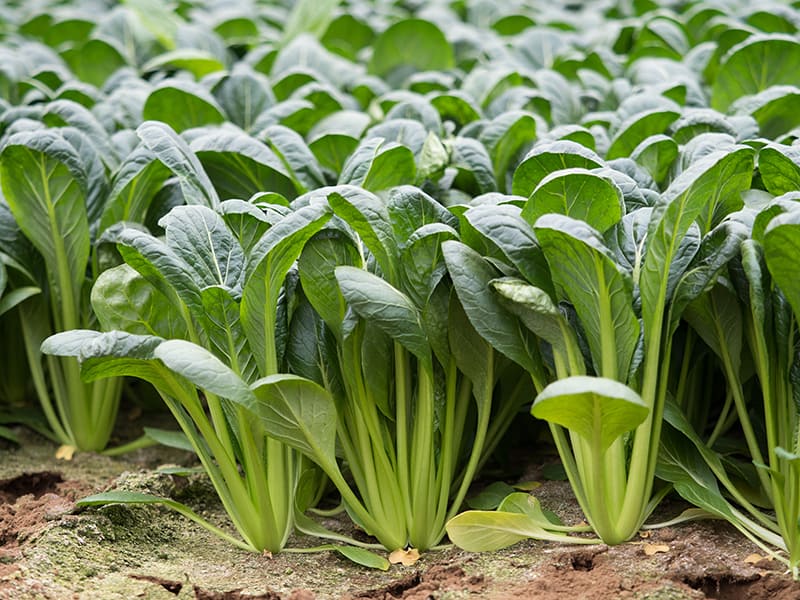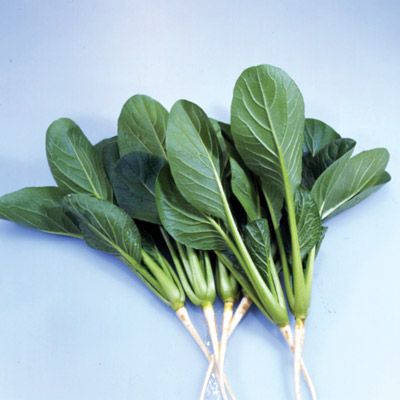
THESE KOMATSUNA LEAFY VEGETABLE PLANT SEEDS ARE OFFERED FOR SALE AT $4 PER 10 SEEDS.Add $4 pack/post to the order
Komatsuna, Brassica rapa var. perviridis or B.r. var. komatsuna, has been grown in Japan since the 18th century and is now gaining popularity all around the world in home vegetable gardens. Over the years, a lot of new varieties have been created for higher volume harvests..
Planting Seeds
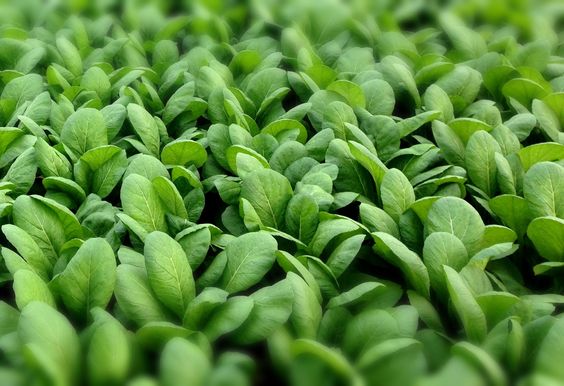
Plant in spring to late summer. Some hybrids can be planted year-round, so check the recommendations when you select a variety. Some hybrids are cool weather plants and will tolerate temperatures below 10ºF.
You can plant them in the ground once all threat of frost has passed. Or start them indoors 4-6 weeks before the last frost date in spring, or the first frost date in fall. Either way, keep the seeds moist as they germinate.
Komatsuna bolts when it gets hot, but it can’t handle a hard frost, either. Plant when the temps will be right in the 45°F-80°F range.
Harden off for one week before transplanting, starting when seedlings are about 3 inches tall.
Plant seeds 6 inches apart with 18-24 inches between rows. Use the thinned out plants as microgreens in salads and soups.
Plant seeds about 1/4 to 1/2 inch deep.
Sow every two weeks to get a constant supply. You should be able to harvest most varieties 30 to 40 days after germination.
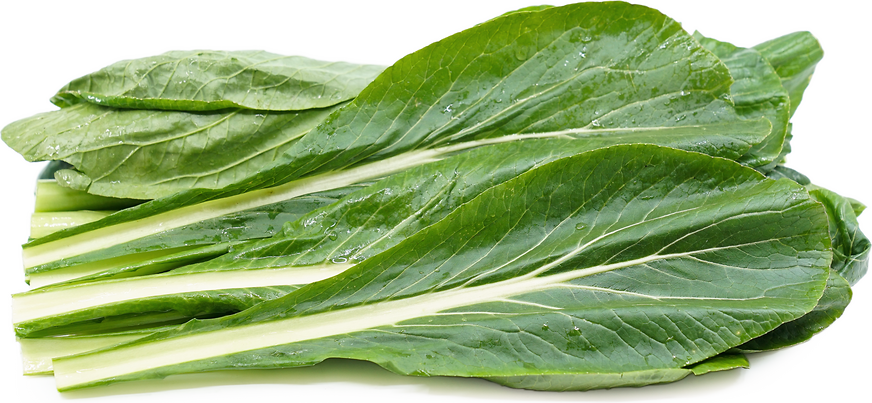
Common Problems and Solutions for Growing Komatsuna
Like most brassicas, komatsuna has a few pests and diseases to contend with. Here’s what to watch out for.
Flea Beetles
Destructive pests like flea beetles leave holes in your komatsuna. They are hard to control when in high numbers.
Use neem oil and diatomaceous earth to keep numbers to a minimum. Mulch well around the base of the plant to prevent or hinder the growth of the flea beetle from below the soil.
Our guide will help you identify and get rid of these tiny pests.
Cabbage Loopers
If you have chewed edges on the leaves and they look ragged, you likely have cabbage loopers. They can decimate komatsuna if left alone. Use organic pyrethrum spray and neem oil monthly.
Aphids
Aphids tend to eat the young, tender leaves and will cause stunted growth, curled leaves, and foliage decay. We have an entire guide dedicated to spotting and getting rid of aphids.
Leaf Spot
If humidity is high or dew keeps the leaves wet for too long, leaf spot can occur. The leaves will have small dark circles or spots on them before they die and fall off.
Leaf spot is best avoided by good crop rotation and removing all plant debris from the garden. Remove the affected leaves and throw them in the garbage.
Downy Mildew
With downy mildew, grey fluff develops on the leaves with severe cases killing the plant or stunting the growth. The leaves can’t be eaten and other plants may become infected. The spores of this fungus over-winter and return each year of not addressed correctly.
Use an organic fungicide and remove affected foliage immediately. Ensure spacing between plants is adequate for good airflow. Avoid watering the whole plant so the leaves stay dry. Carefully water the base of the plant.
Black Leg
Komatsuna generally won’t be affected by this fungal disease unless there are other cruciferous crops nearby that are susceptible. This includes plants like broccoli and cauliflower.
An infected plant may be covered in black spots with a lighter, ashy outer circle. Plants will wither and die. If the komatsuna is badly affected, remove it from the garden and throw it in the garbage, not on the compost heap.
Use an organic foliar fungicide and practice good crop rotation.
Harvesting Komatsuna
Pick the leaves at any stage. The young, tender leaves can be used raw in salads or in sandwiches. Komatsuna will regrow where leaves are snipped to provide a continuous harvest.
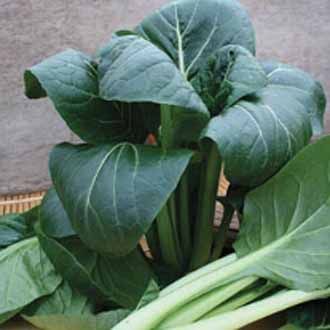
Description/Taste
Komatsuna has long, slender stems with large, bright green spoon-shaped leaves. It may be harvested as a micro green, a fully mature leaf and even after the flowering head develops. The leaves become a deeper green color as the plant ages and its delicate stems grow wide, coarse and pale in color. In its young state, Komatsuna is tender and delicate with a sweet flavor and mild mustard bite. Larger leaves develop a more fibrous, hardy texture with an assertive crunch and a peppery mustard finish.
Seasons/Availability
Komatsuna is available year-round, with peak season fall through spring.
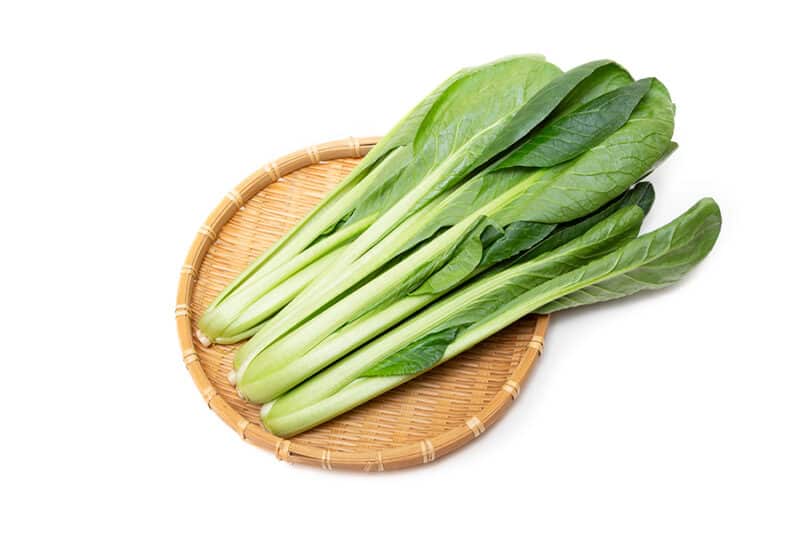
Current Facts
Komatsuna, botanically known as Brassica rapa var perviridis, is also commonly referred to as tendergreen or Japanese mustard spinach. Although not a true spinach, Komatsuna is from the mustard family and is a relative of turnips, cabbage, rapini and bok choy. It is almost exclusively grown in Japan, Taiwan, Korea and Vietnam where it is often pickled and known as cai chua. Komatsuna gets its name from the Komatsugawa district of Japan
Nutritional Value
Komatsuna leaves are nutrient dense and rich in beta carotene, calcium and Vitamins A, B2, C, K. Like other members of the Brassica family, it is prized for its potential cancer fighting effects from the presence of glucosinolates.
Applications
Komatsuna has a wide range of cooking applications dictated by the leaf’s maturity upon harvest. When young, the leaves are very tender and can be used raw in salads and spring rolls or lightly sautéed in stir fries and wilted in pasta dishes. As the plant grows, the stems develop a hardier texture and require longer cooking times to become tender. Fully mature Komatsuna may be preserved as a pickled vegetable and is also fantastic added into soups and stews or braised with aromatics such as ginger, garlic and scallion. Other complimentary flavors include,tuna, shrimp, salmon, crab, ham, smoked meats, sesame, soy, rice wine vinegar, mirin, miso, lemon, chili peppers and cream.
Ethnic/Cultural Info
Komatsuna is a common staple in the Japanese diet.
Geography/History
Komatsuna spinach has been grown and incorporated into Japanese culture for centuries. It made its North American debut in 1930 but never become a very popular choice on American plates. It is a cool weather crop, but can still tolerate the heat of summer and is often grown year-round in temperate and subtropical climates.
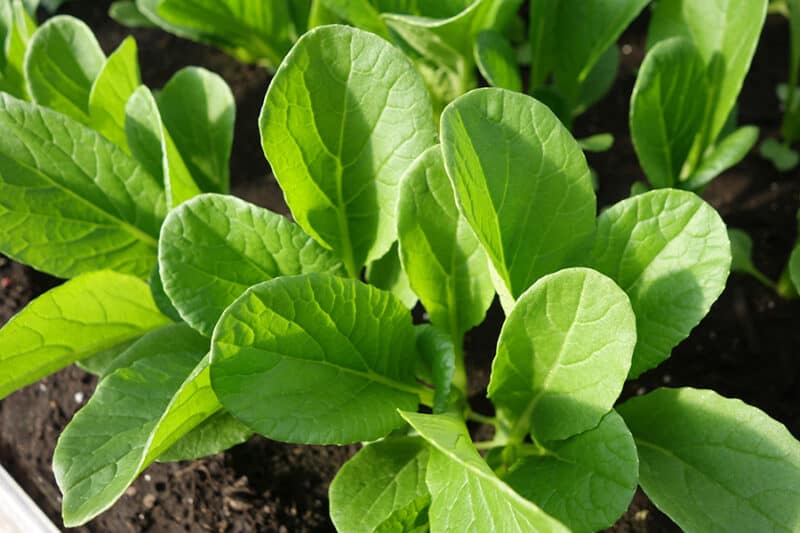
Any questions or if buying, contact me HERE


